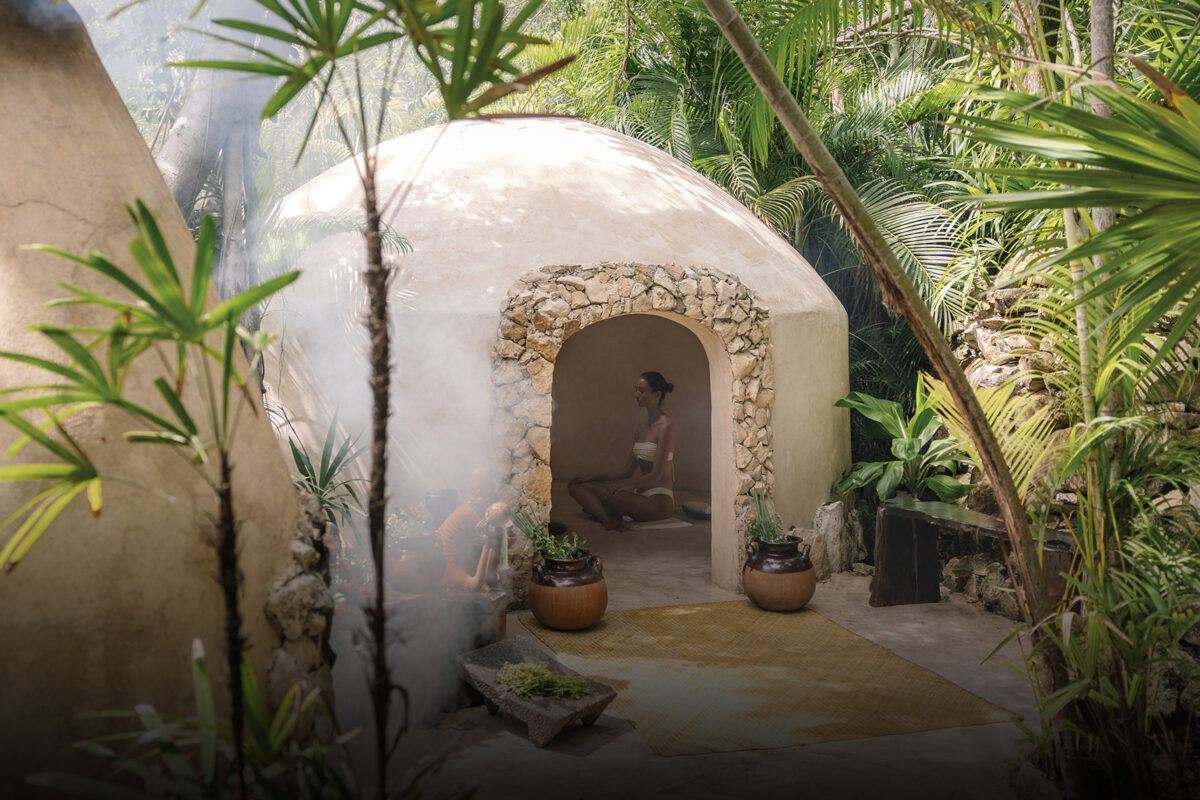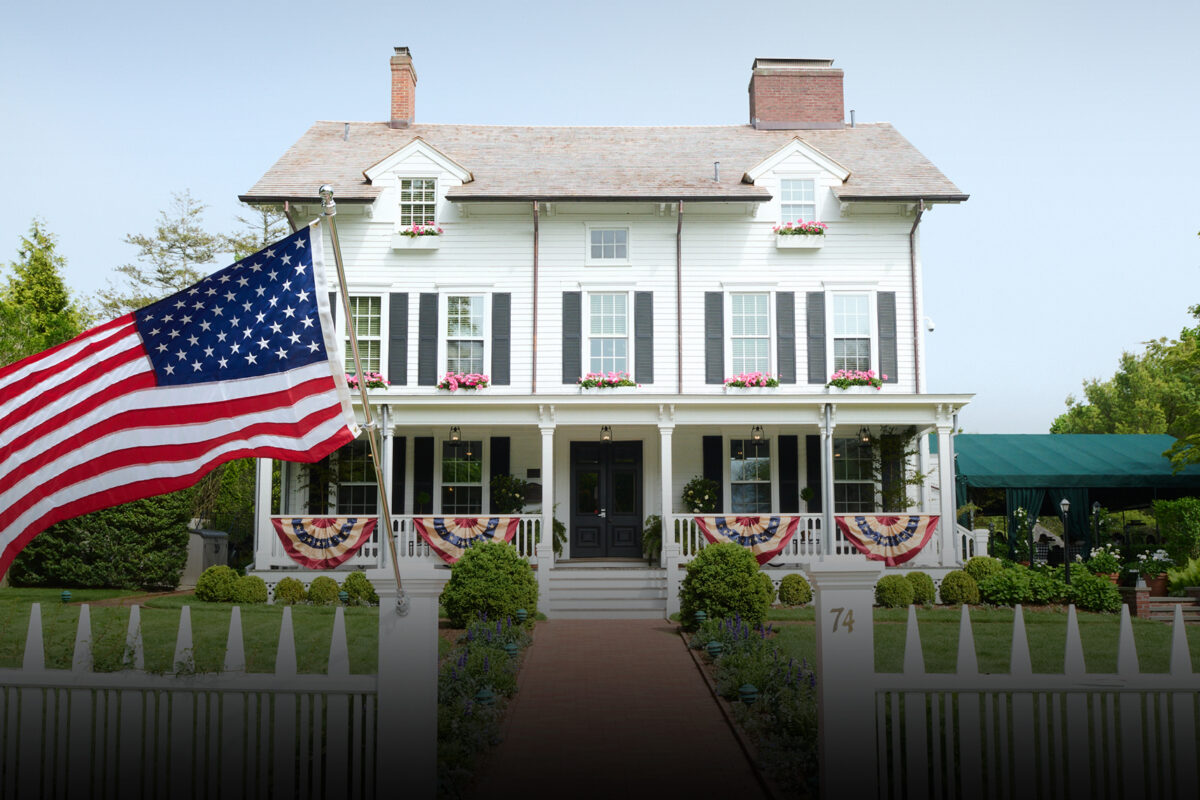The Airstream, dreamed up by a Los Angeles inventor, was born of the road trip boom
Words by DAVID NASH
Photography courtesy of AIRSTREAM
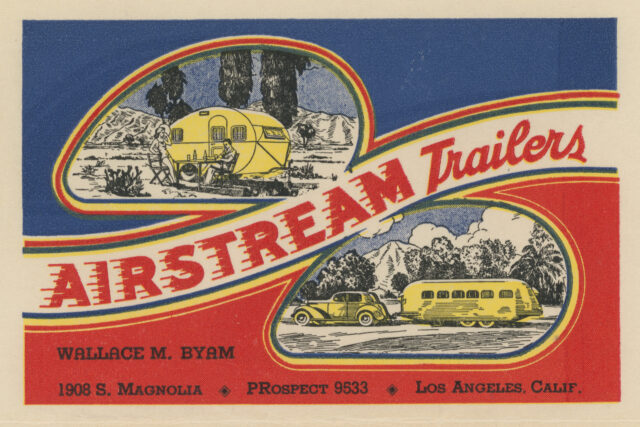
Known as the golden age of road building in the U.S., the 1920s saw an unprecedented expansion in roadways, the start of an interconnected highway system and a boom in passenger car ownership throughout the nation. It also fueled the nation’s interest in recreational touring and an enthusiasm for travel trailers. In 1929, inspired to design his own mobile trailer, L.A. inventor and entrepreneur Wallace “Wally” Byam developed a teardrop-shaped pop-up tent that could be mounted on top of the chassis of a Model T. After he wrote an article in Popular Mechanics on how to build his invention for less than $100, the public response was overwhelming. He began selling the plans for $5 — as well as completely finished trailers that he built in his own backyard. In 1931, Byam opened a factory in Culver City, and the Airstream Company was born.
On January 17, 1936, the designer introduced the Clipper, a sausage-shaped trailer with a riveted aluminum body that resembled an airplane more than earlier incarnations. Based on the first aluminum travel trailer called the Road Chief, designed by aircraft engineer William Bowlus in 1934, the Clipper slept four — thanks to a steel-frame dinette that converted into a bed. It also had a galley-style kitchen, its own water supply, electric lighting, and even an air-conditioning system supported by dry ice. Although it was considered rather pricey at $1,200, Byam couldn’t fill orders fast enough. He went on to develop other models, including the Airstream Liner in 1947. In 1954, he relocated his modest California factory to the town of Santa Fe Springs and built a larger Airstream factory in Jackson Center, Ohio, where the company is based today.
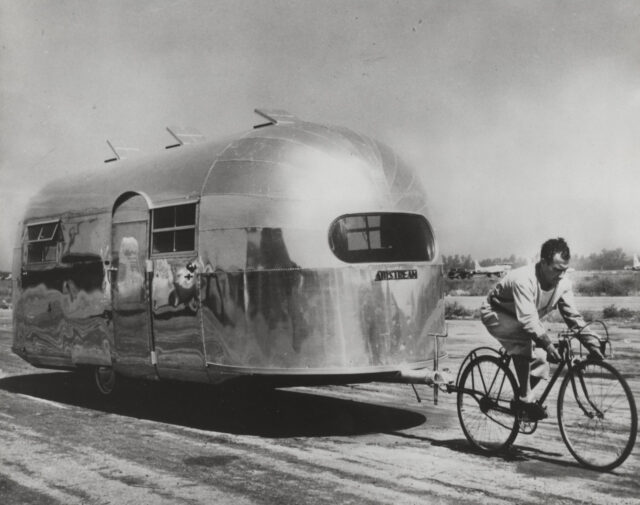
Road Rules
● In 1948, Byam went to Europe with Cornelius Vanderbilt to explore the postwar landscape. Traversing the ravaged continent in an Airstream trailer, Vanderbilt wanted to document the destruction as part of a planned lecture tour. Byam’s goal, however, was to road test the trailer to pinpoint problems and develop necessary improvements. The trip also served as a model for what would later become the Wally Byam Caravan Club International, a nonprofit club promoting Airstream travel. Founded in 1955 — now known as Airstream Club International — the club has more than 19,000 members.
● Byam’s first informal caravan took place in 1951, when he traveled with 63 trailers from Texas to Nicaragua. He anticipated about 35 trailers, but after a newspaper story about the impending trip, Airstream enthusiasts from all over the U.S. circled their wagons.
● Dubbed the first “self-contained” travel trailer (retail price: $25,000), the 1958 Airstream International enjoyed freedom from external hookups to outside power and water sources. The model’s interior design concept included modern circular ceiling-mounted lamps with a stylized “drizzle” pattern, enclosed overhead front-end cabinets, a full bathroom, a pressurized water system, and a propane-powered refrigerator perfect for “atomic-age comfort.”
● Unveiled last summer, the 2025 Airstreams include Basecamp 20 ($54,000), a nearly 24-foot Trade Wind 23FB ($120,900), and the Classic 30RB ($196,200). The overall cost varies based on the existing features and sizes.
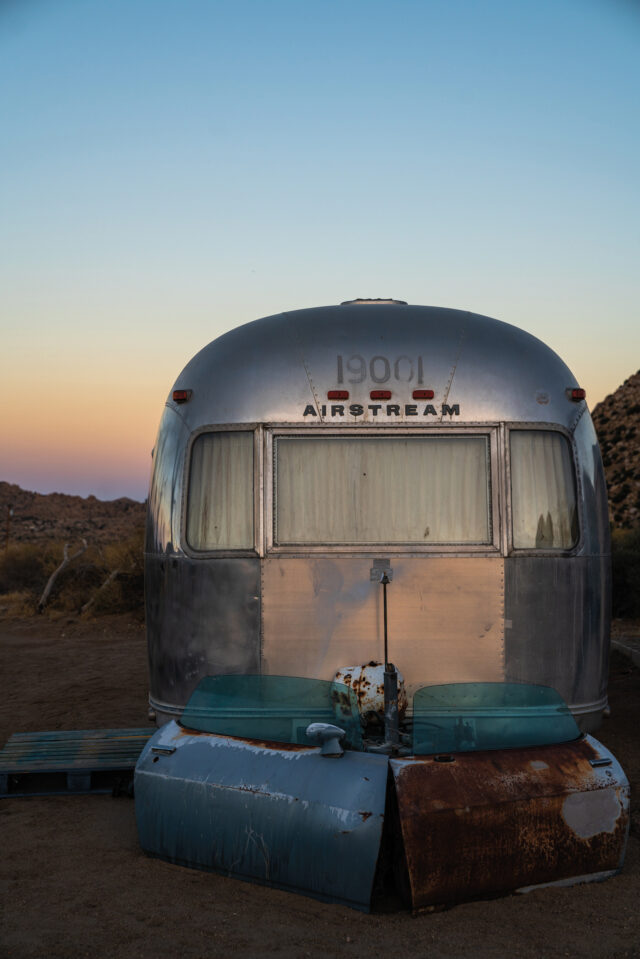
Feature image: Airstream founder Wally Byam perched in the doorway of an early internationally traveled “Globe Trotter” trailer, along with its CJ-2A tow vehicle, circa 1948.
This story originally appeared in the Men’s Spring 2025 edition of C Magazine.
Discover more DESIGN news.
See the story in our digital edition

